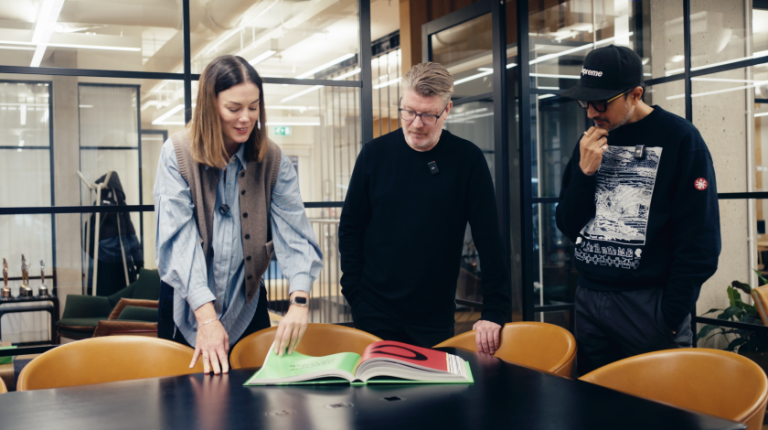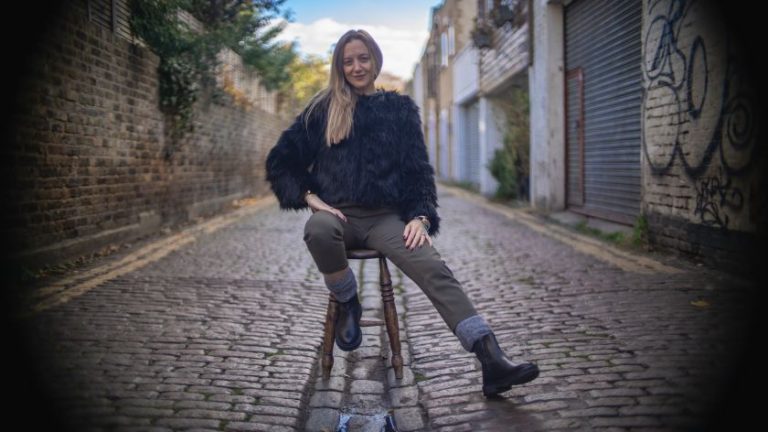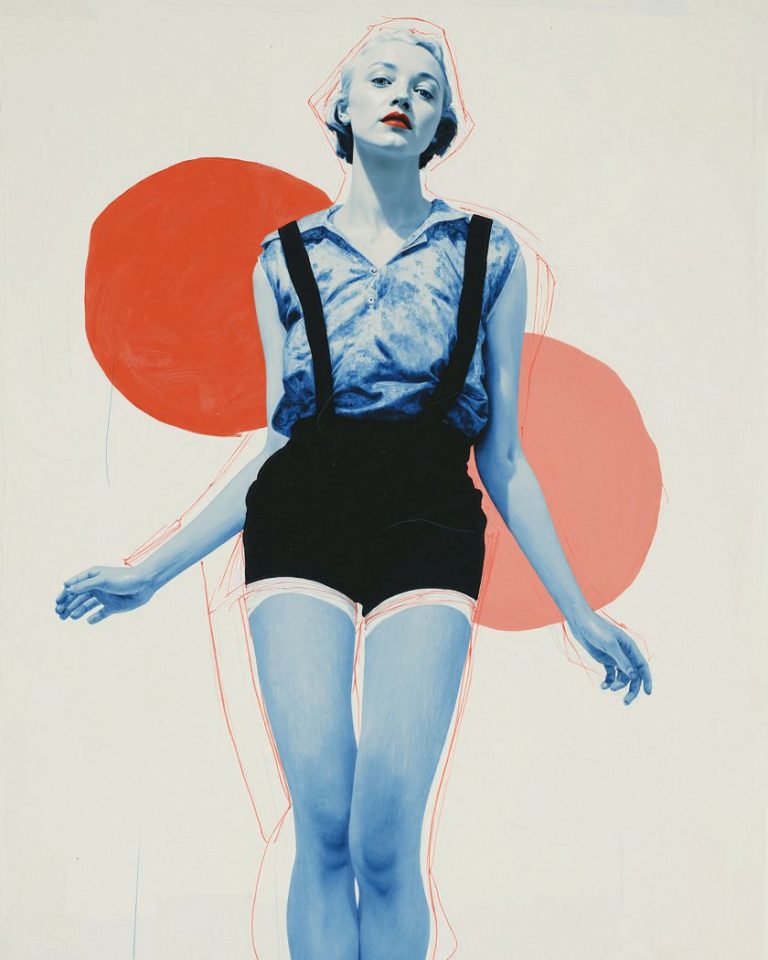The Berlin-based photographer documents the haunting beauty of rural decline in her latest series, which explores abandoned spaces.
Australia’s global image may be built on sun-soaked beaches and gleaming city skylines. But most people who’ve visited will know that this is just a tiny fraction of this vast, continent-sized country. And photographer Helin Bereket is clearly among them.
In her latest series, she’s turned her lens away from these familiar postcard pictures to document a quieter, more complex story. Abandoned Australia captures the sad beauty of forgotten towns and derelict buildings scattered across regional Victoria and South Australia. These are places caught between past and present; still breathing, but barely.
The project began by accident. Helin had travelled to Australia in March 2025 to photograph silo art: large-scale murals painted on grain silos to attract tourism to struggling rural communities. But when she arrived at her first destination, something else caught her attention.
“I never set out to photograph abandoned places in Australia,” she explains. “Initially, I was heading to photograph examples of silo art, which had piqued my interest. But when I arrived in the first town featuring silo art, I was struck by something else. A number of buildings that had clearly been left to decay. The contrast between the vibrant art and these abandoned structures sparked something in me. Despite the town’s stillness, it had life. That’s how my exploration of abandoned places began.”
This chance discovery speaks to an important principle for creative professionals: staying open to unexpected directions. Helin’s willingness to abandon her original plan led to work that feels more honest and emotionally powerful than any predetermined concept might have achieved.
Emotional weight
Helin’s background in architecture and master’s degree in art shape her approach to these forgotten spaces. Each frame captures not just physical decay, but the emotional weight of places that once thrived. Weather-worn petrol stations, shuttered motels and empty pubs become silent witnesses to economic shifts, environmental challenges and the urban migration that has drained life from Australia’s rural towns.
“It was definitely a jarring experience,” Helin reflects on encountering this reality. “I came with preconceived notions, based on what I had seen online: beautiful beaches, surfers and kangaroos. What I encountered, however, was far more layered and complex. I knew little about Australia’s history, and when I started to see the remnants of past towns, abandoned buildings and the quiet, desolate landscapes, I felt a sense of revelation. It was a reminder of how much of a place’s true identity is often hidden beneath the surface, beyond the postcard-perfect images.”
This discovery highlights an important lesson for visual storytellers: the most compelling stories often exist beyond mainstream representation. While travel photography typically focuses on a destination’s highlights, Helin found deeper meaning in its shadows.
Creative process
Helin’s working method is refreshingly simple. Rather than extensive planning or research, she relies on instinct and observation. Of choosing subjects, she says: “For the most part, it’s been a mix of chance and serendipity. A lot of the abandoned buildings I’ve come across were in towns I originally visited for silo art or just happened to pass through.”
Interestingly, Helin is careful with her language around these places, avoiding terms like “ghost town” that suggest complete abandonment. “The term ‘ghost town’ usually implies a place that is completely abandoned, devoid of life,” she explains. “However, what I’ve encountered in Australia is often far more complex. Many of these towns are far from empty. They may be quiet, but there are still people living there, albeit sparsely.”
“My approach is largely observational,” she continues. “There weren’t many people around in the towns I visited. For me, the beauty lies in their quiet solitude. I prefer to observe and let the environment tell its own story, rather than imposing anything on it.”
This restraint—allowing subjects to speak for themselves rather than forcing a story—shows confidence in the medium itself. It’s a reminder that powerful creative work doesn’t always require heavy intervention or obvious concepts.
Genuine interest
Abandoned Australia connects to themes Helin has explored in previous projects, including ARID, photographed in Wonder Valley, California. This consistency suggests an artist following genuine interests rather than market demands—an approach that often leads to more distinctive and lasting work. “I don’t aim to provoke a specific emotion,” she notes. “My goal is to spark curiosity. I want viewers to ask questions: What happened here? Why is this place in such a state? What’s the story behind it?”
For creatives, this philosophy offers an alternative to work designed primarily for immediate impact or viral success. In contrast, Helin’s work here creates space for thought and discovery, qualities increasingly rare in our attention-hungry economy.
Overall, the series challenges Australia’s tourism-friendly image while revealing universal themes of change, resilience and the passage of time. These forgotten towns, suspended between past and present, offer rich material for thinking about what we choose to preserve and what we allow to fade.
In other words, in an industry obsessed with the new and the next, Abandoned Australia argues for the value of looking closer at what’s already there. Do so, and you’ll find extraordinary stories in ordinary decay, and real beauty in places the world has largely forgotten.










